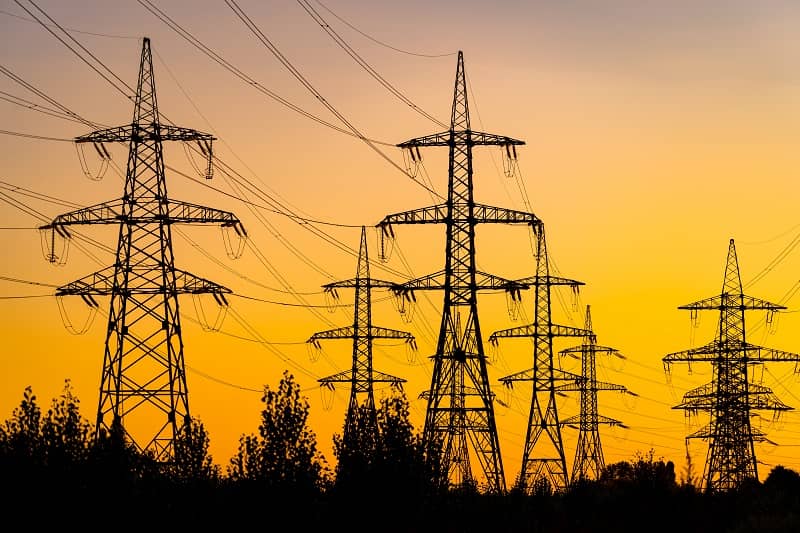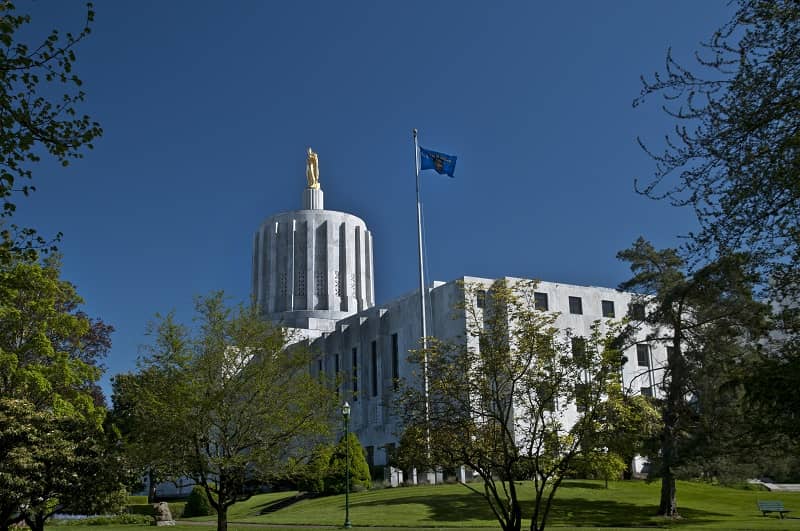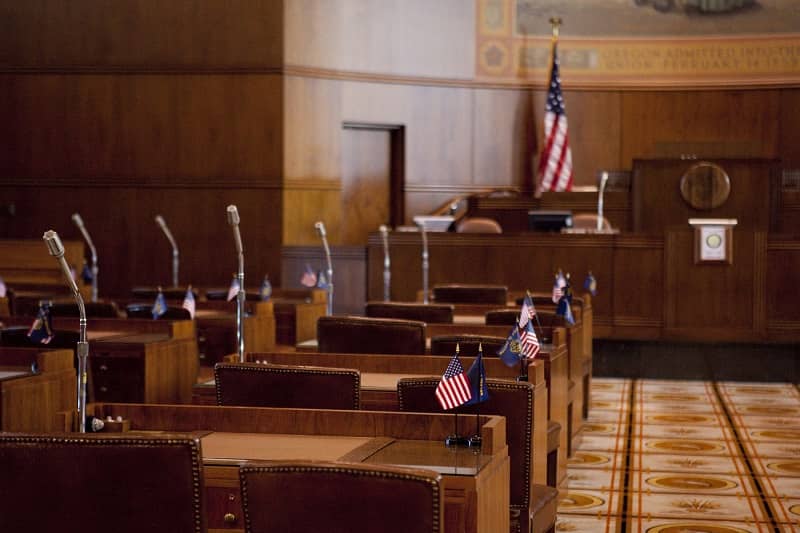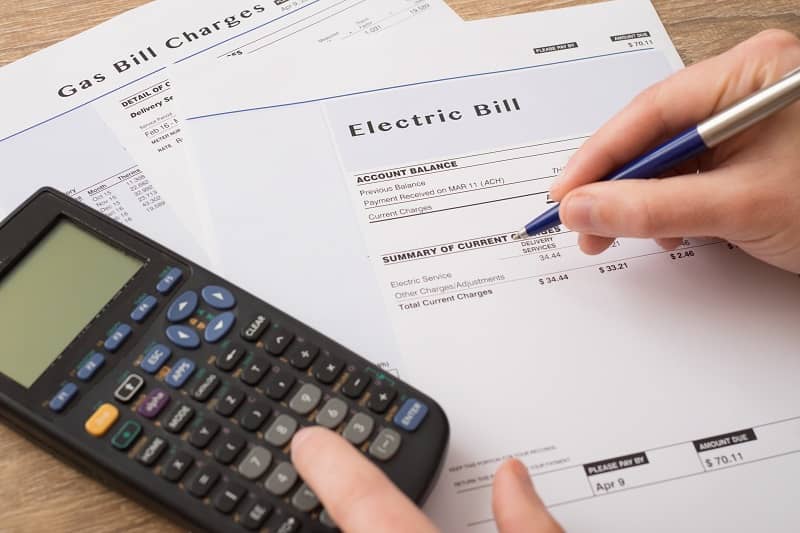

Renewable Energy Woes
by Todd Wynn
Earlier in the decade, the City of Portland and the State of Oregon set goals for the government to reach 100% renewable energy by 2010. Both failed miserably. Portland reached only nine percent and the state only one or two percent. What was the reason for failure? According to state officials, the goal was unrealistic and too costly.
Although fiscal reality blocked the government’s goal, another goal will directly affect Oregon households. In 2007, the Oregon legislature imposed a Renewable Portfolio Standard. Major electric utilities are forced to provide 25% of their energy from renewable sources (excluding hydroelectricity) by 2025. This means all ratepayers are forced to pay for renewable energy whether they want or can afford it.
Although politicians thought this would help “all Oregonians to accelerate the transition to a more reliable and more affordable energy system,” the reality is much different. Oregon has just begun to see the ramifications of this bill as utilities work to meet interim renewable goals. As of January 1, 2011, Pacific Power customers will see a 14.5 percent increase in rates. Portland General Electric customers will see a four percent increase. Renewable energy mandates are the most significant factor in the increased rates.
Renewable mandates not only increase electricity costs, but forcing citizens to purchase renewable energy is not the proper role of government. The expansion of renewable energy should be entirely supported by individual voluntary purchases. Regrettably, this is just the beginning of ever-increasing electricity rates that will hurt Oregon families and harm the competitiveness of Oregon companies.
Todd Wynn is Climate Change and Energy Policy Analyst at Cascade Policy Institute, Oregon’s free market public policy research organization.











